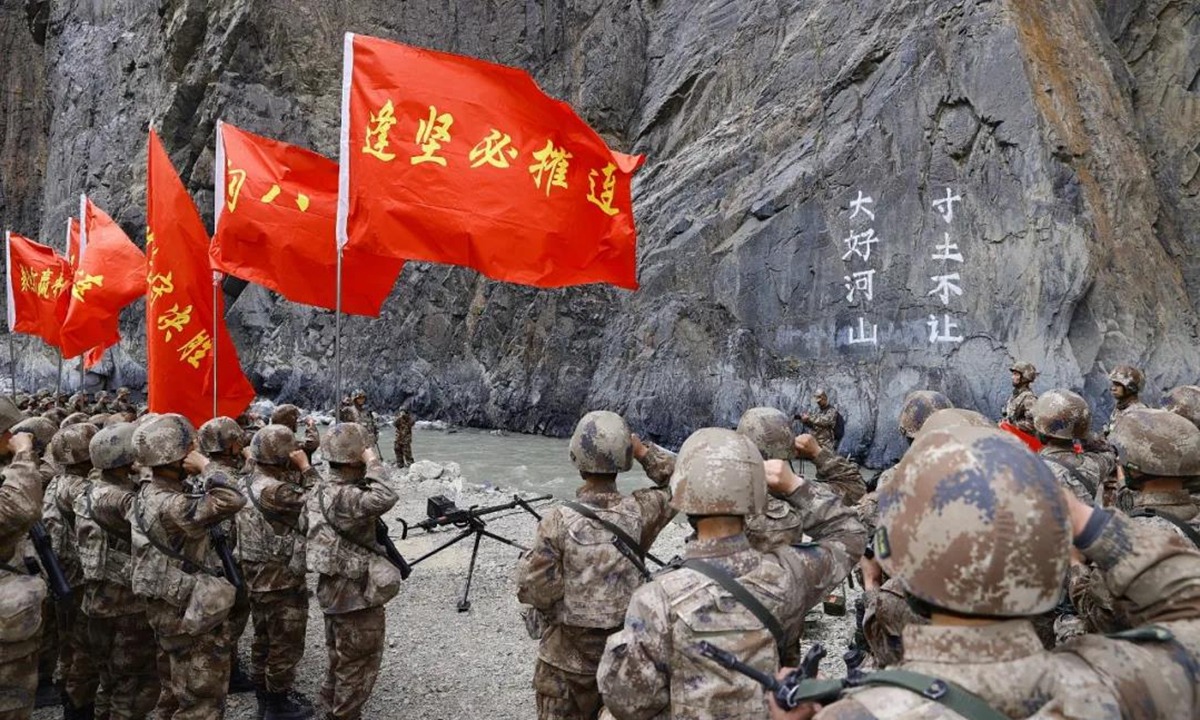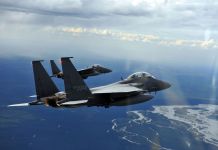Even as the world is still debating the pitfalls and ethics of handing over the decision of war to Artificial Intelligence (AI), Chinese scientists have already claimed to create an AI commander, the first and highest-level role given to AI in military research. For now, the “virtual commander” is already participating in war games at the country’s Joint Operations College of the National Defense University.
The AI commander is already learning and mimicking the thought patterns of a real military commander. It has been granted “unprecedented supreme command authority” in the large-scale computer wargames at the University in Shijiazhuang, Hebei province.
In the US Army the AI serves as a “commander’s virtual staff” providing decision support, the ultimate decision rests with the Human commander. The AI-piloted fighter jets the US is developing will participate in the wars or training missions; they will not be calling shots in the war room whether to wage war or a particular battle.
Chinese-language journal Common Control & Simulation unraveled the Virtual Commander in May 2024. The peer-reviewed research paper contends that in China, the Party is supreme, and “The Party Commands the Gun.” In the absence of an adequate number of commanders to participate in simulated wargames, the AI commander can stand in for human commanders. Within the confines of the laboratory, it can freely exercise this power without any interference from humans.
The team, led by senior engineer Jia Chenxing, contends that as China braces for conflicts in areas such as Taiwan and the South China Sea, the simulations will give a good insight into how it will play out in real life. An essential task for scientists is to test these plans in simulations, to “weigh the good with the bad and gain insight into the chaos of battle,” Jia and his colleagues wrote.
During the simulations, a military commander is often expected to make on-the-spot decisions in the face of unexpected odds. “The current joint operations simulation system suffers from poor simulation experiment results due to the lack of command entities at the joint battle level,” the researchers said. This is where the Virtual Commander comes into the picture.
The Virtual Commander has various avatars and mimics the combat styles of different senior PLA commanders. General Peng Dehuai, for instance, is aggressive and will not be averse to taking risks to emerge victorious. He wreaked havoc on US forces through unexpected swift strikes and infiltrations during the Korean War.
General Lin Bao, known for his wins against the Japanese and Kuomintang armies, has a contrasting leading style. He eschewed risks in favor of meticulous decision-making.
Jia’s team said that the AI commander’s initial setting mirrored that of a seasoned and brilliant strategist, “possessing sound mental faculties, a poised and steadfast character, capable of analyzing and judging situations with calmness, devoid of emotional or impulsive decisions, and swift in devising practical plans by recalling similar decision-making scenarios from memory.” The Virtual Commander’s outline can be tweaked as per requirement.
The team asserts that while autonomous fighting units like drones and robotic dogs deployed at the country’s border will have more freedom of movement in the future, the command will remain in human hands.
To simulate the real-life limitations that human commanders face, the researchers limited the AI commander’s decision-making knowledge base. When the memory reaches its limit, some knowledge is deleted. While simulating the military wargames with “human-out-of-the-loop,” the AI commander has been able to identify new threats and devise new plans to thwart the enemy.

The AI Commander Problem
AI will play a greater role in the wars to come as military AI systems are infinitesimally better at processing large data sets than humans. The human-machine integration is expected to not only be a force multiplier for the existing weaponry but is also expected to be a “de-facto strategic actor” (planner, warfighter, tactician) in warfare. AI technologies are already being used to assist in high-stakes decision-making.
There have been debates in the military community about the AI gaining control over nuclear weapons.
In May this year, a USAF F-16 piloted by AI and with USAF Secretary Frank Kendall in the cockpit went against a human-piloted fighter jet. It marked one of the biggest advancements in military aviation since the introduction of stealth technology.
It was termed one of the world’s first AI aircraft. The software first learns from millions of data points in a simulator and then tests its conclusions during actual flights. The real-world performance data is fed into the simulator, and the AI processes it to imbibe the learnings.
The first dogfight of an AI-controlled aircraft was in 2023. Since then, there have been many dogfights, but the AI has learned tremendously, and some versions of Vista are already ready to beat human pilots in air combat.
China has AI, but there has been no indication that it has managed to run tests outside the simulator. But the unveiling of the Virtual Commander poses a conundrum that the militaries around the world are grappling with. Apprehensions linger over giving AI the autonomy to use lethal weapons without sufficient human oversight. Humanitarian groups have been advocating for stricter regulations on AI use in warfare.
- Ritu Sharma has been a journalist for over a decade, writing on defense, foreign affairs, and nuclear technology.
- The author can be reached at ritu.sharma (at) mail.com
- Follow EurAsian Times on Google News




